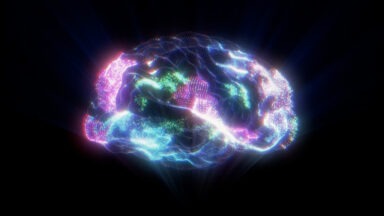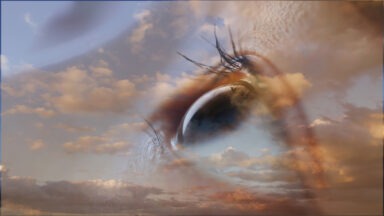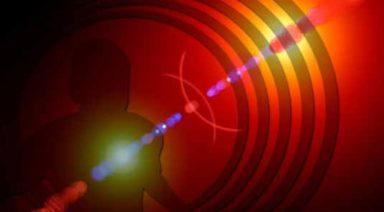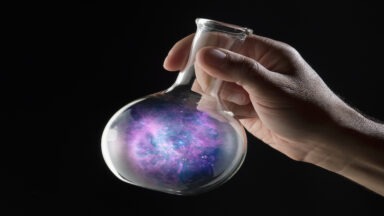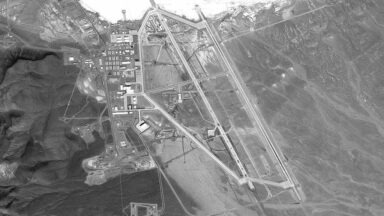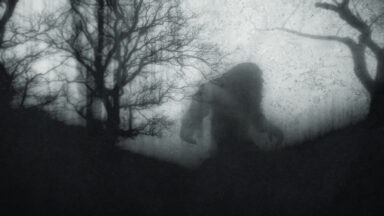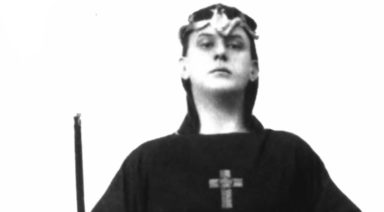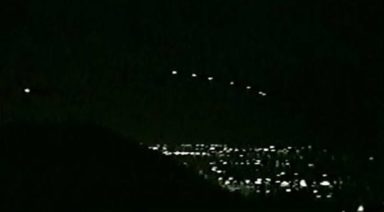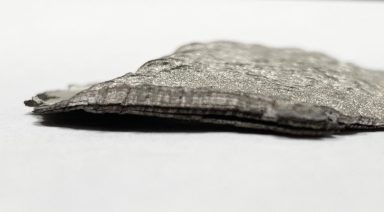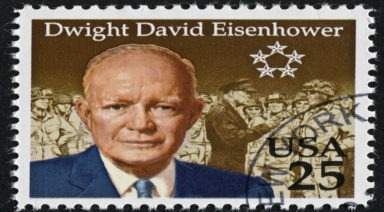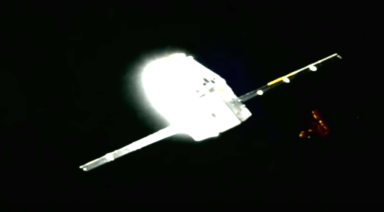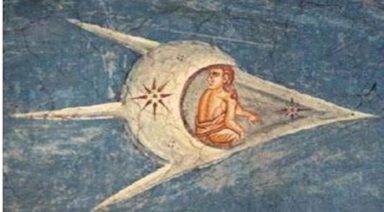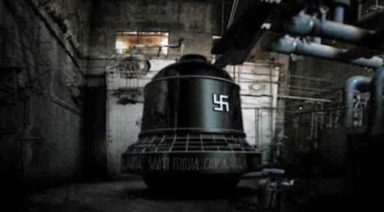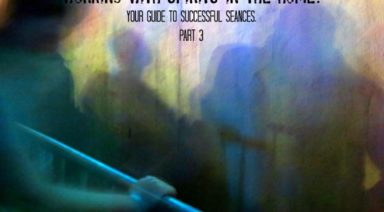Near-Death Experiences
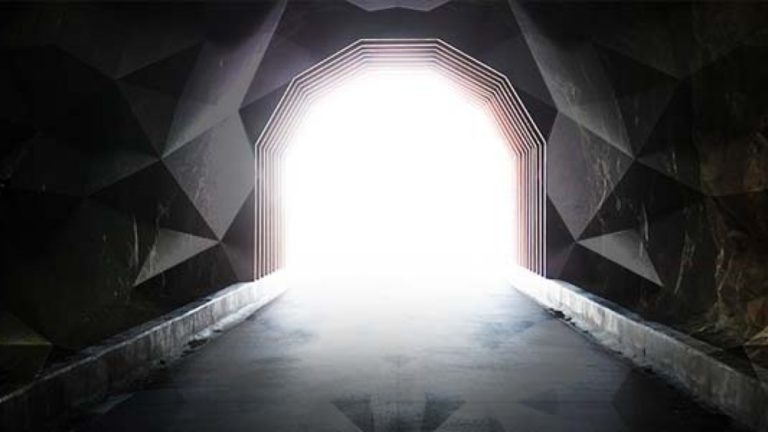
It’s been almost 30 years since my near-death experience, but the memory of it is as vivid as if it occurred yesterday. Moments that jolt you to your very core are hard to forget. I suppose that’s one of their benefits. It’s safe to say that nearly dying changed everything about my life and for that I’ll be ever grateful.
I’d caught what I thought was a cold. It moved into my chest and didn’t clear up. I functioned as normally as I could. Eventually, I became bedridden and so weak that I spent three feverish days completely exhausted, coughing nonstop. To make a long story short, I had double pneumonia. I’d been to the doctor, but he’d misdiagnosed me as having one quarter of a lung filled with fluid. In reality, I only had one quarter of a lung left, the other three quarters being completely filled. I was suffocating. Although I should have admitted to the hospital, he sent me home to see how I’d do through the night. That decision changed my life.
I was alone in the bedroom, coughing, feverish, weak and completely exhausted. I was dying. I remember lying there feeling as helpless as I’d ever felt. Hope had left me and been replaced by resignation. I wasn’t sure if I was going to make it or not and I couldn’t muster up enough energy to definitively care either way. I remember thinking that I was just too tired to care.
That’s when my eyes flew open and I saw the light.
I was blinded by a brilliant, white light at the foot of my bed. I could make out a silhouette standing next to the light, but couldn’t see it well. I managed to move out of the direct line of the blinding beam and was finally able to see the figure. I was surprised to see my father, dressed in a double-breasted, white suit, smiling at me. If I hadn’t been so tired, I’d have rolled my eyes at how cliché and trite it was. The death of my father, a few years earlier, had torn at the very fabric of my worldview and here he was, standing in front of me, but I felt nothing. I didn’t feel glad to see him, nor any emotion at all, other than surprise. This fact led me to the conclusion that it wasn’t him.
I managed to ask, “Dad?” The image by the white light shook its head in the negative and said, “No, I’m not your father, but I’m here in his form because that’s what you expected.”
The white light had now become a doorway, behind which was an escalator that rose into a brilliant background. The entity told me that he’d come because I was very ill. He explained how easy it would be for me to join him; all I’d have to do would be to get up and go to him. I doubted this, because I was so weak, but I found that I could sit up easily and knew that all I had to do was jump out of bed and get on the escalator. It would be the easiest thing that I’d ever done. He held out his hand and smiled so sweetly, that I almost did it.
I asked him if I had to go with him. He replied that I could stay if I wanted, but I had a long road of recovery ahead of me and that it wouldn’t be easy. He asked if I really wanted to stay and I replied that my children needed me and that I had a feeling that there was something I was supposed to do for the world, something important. He smiled again and kindly told me that my children would be just fine.
They would miss me, of course, but they would grow up to be well-adjusted and happy without me.
He explained that the world would keep spinning and that any contribution I would’ve made would develop, one way or another. He went on to say that if I wanted to stay, I had to do so for me and for no other reason.
I was crushed at the thought that my existence on this planet was so expendable, that my children would do fine without me and that I simply wasn’t all that important. That moment yanked every bit of self-martyrdom out of me and I suddenly knew that I needed to live. I told him that I wanted to stay. He reiterated that it was fine for me to make that decision, but to expect it to be a difficult road back to health and to anticipate great changes in my life. I asked him if I would see him again.
He told me that when the time was right, he would return.
I then asked if he’d be in the form of my dad. He said that would be up to me and with that, he was gone.
There isn’t an ounce of doubt, anywhere in my being, to dispute the authenticity of my experience. I know for a fact that if I had decided to get out of bed and get on the escalator, I would’ve died in the middle of the night, nearly 30 years ago. I know that the entity was genuine and I’m grateful that I was given a choice. I’ve never regretted my decision to stay, not even for a heartbeat.
My story isn’t a rare one. Humans have experienced near-death encounters for millennia. Even though my situation was unique to me, it had all the hallmarks of thousands of others, related by fellow human beings. The brilliant white light, the familiar, friendly entities, feelings of complete calm and peace and the decision to stay are all common themes when it comes to Near-Death Experiences. I believe the stunning similarity between stories exists because the phenomenon is real.
Although I didn’t take the escalator to the afterlife, whatever the afterlife means, I knew it was there and I could feel that there were many at the top waiting for me. It felt loving and reassuring, even though it was something I’d never considered being real before that very moment.
Near-Death Experiences have been explained by scientists as being the deprivation of oxygen to the brain, thereby causing hallucinations. Some have put forth that this is built into our makeup as human beings. They theorize that it’s a defense mechanism, to keep us from feeling fear when making the transition from life to death, making it easier and less traumatic. Frankly, none of that matters to me. I suppose it could be the brain shutting down, sensory input being replaced by physiological hallucinations, but those of us who’ve seen it and come back, never doubt that it was real.
Who was the figure who assumed the form of my father? As best as I can tell, it was a Psychopomp. A Psychopomp is an entity that guides our souls safely from the world we know, to the afterlife. Anubis, the ancient Egyptian deity, was a Psychopomp. He took the hand of the departed and escorted them to the safety of the Judgment Hall, where the heart would be weighed against The Feather of Truth. Hermes was a Psychopomp and often was seen as taking those in transition safely past Cerberus, the three headed hound, into the underworld, to meet Charon, the ferryman, for the next leg of the journey. Most societies have viewed this guardian of the road between worlds in a positive light. Often, dogs are portrayed, which makes perfect sense to anyone who’s ever owned a dog.
Oddly, in our culture the role of the Psychopomp eventually fell to a dark and troubling figure, the Grim Reaper. The thought of being “harvested” by the Reaper’s scythe is disconcerting, to say the least. Ancient cultures understood the power and importance of our transition from one form into another and usually opted for a benign image over a terrifying one.
I believe that some of the more horrible imagery of demons and devils were designed to terrify an innocent populace and coerce them into behaving.
This compliance was mandatory in order to be welcomed into the next world by feathered-winged angels, rather than bat-winged tormentors. I have no such fears.
My experience was real and I’m guessing that many of you reading these words have had similar experiences, or believe it because you feel it to be so. I genuinely don’t know what this proves regarding the possibility of an afterlife. That wasn’t the lesson of my Near-Death Experience.
For me, it was a chance to live with joy in my heart at the simple fact that I’m still here.
It’s odd, but when faced with the reality that I may not mean all that much to the world, it became easier to pledge myself and dedicate my heart to the betterment of the human condition, if I could. For me, it cemented the joy of being here every day and sharing this beautiful planet with my 8 billion brothers and sisters.
Many have had Near-Death Experiences. Some have seen heaven and were reunited with departed loved ones. I didn’t get that far. Every story is different, but all who’ve had an NDE seem to be deeply moved by a profound sense of peace and a realization that there’s nothing to fear in death. I have that sense of peace and for me it’s not about death at all. It’s about life and the realization that being here now is more important than whatever comes after.
Living in the moment was the true gift of my Near-Death Experience.
I know that when my time comes, a friendly face will be there to greet and guide me, but I’ve changed my mind as to the form. Instead of my dad, I want to be greeted by my beautiful Golden Retriever, who left this world recently and took a huge chunk of my heart along with her. To hear her bark again and see the joyous sparkle in her eyes, will be the perfect end to a blessed life. With her by my side, I’ll walk into that white light and embrace whatever comes next with excitement and happiness.
I wish you all peace and love.
Can This Brainwave Study Explain What Happens to Consciousness When We Die?
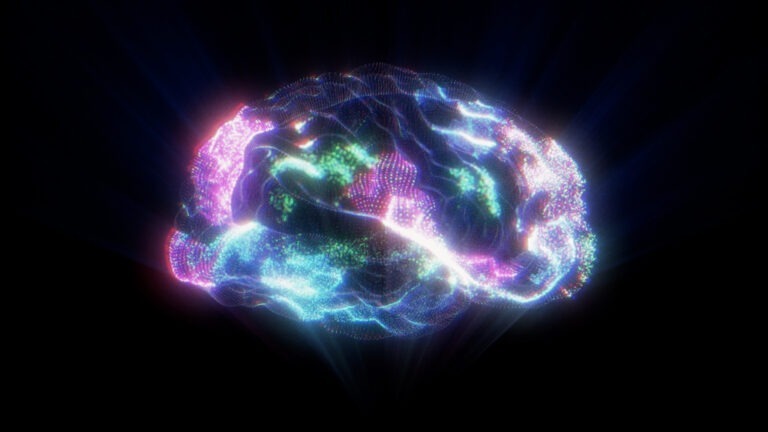
A new study records the brain waves of a dying person in detail for the very first time. Could the findings explain what happens in our transition into death?
While there is plenty of anecdotal evidence from people who have had Near-death Experiences or NDEs, there is little to no hard scientific data on what happens in the brain as people are dying.
Now, researchers who recorded 15 minutes of brain wave activity in a dying man, are speculating that the findings may explain the phenomenon of life recall or review that many near-death experiencers report.
Dr. Eben Alexander is a neurosurgeon who, in 2008, experienced an NDE as he lay in a coma caused by a serious case of viral meningitis. After a miraculous recovery, he went on to write about the experience in several best-selling books.
“There’s a tremendous amount of evidence that, at the end of life, our consciousness does not just disappear as one might assume if the brain created consciousness,” Alexander said. “But in fact, our consciousness seems to expand in dramatic ways, and I think this is where a deeper understanding of NDEs is crucial for us to understand the mind-brain relationship and the nature of consciousness itself.”
To Alexander, while the study is a step in the right direction towards understanding what happens when we die, it is fraught with some misunderstandings.
“Now, there are many problems with this study and the main thing I’ll point out here is, first of all, do not confuse correlation with causality,” Alexander said.
“This is a common mistake in neuroscience and it results from the unproven assumption, and in fact, I would say a disproven assumption, that the brain is creating consciousness, and therefore, to find any change in phenomenal consciousness we must look for a neural correlate; some physiologic change in the brain. And modern studies just show that that reasoning is false, there’s more to it than just what’s going on in the brain.”



